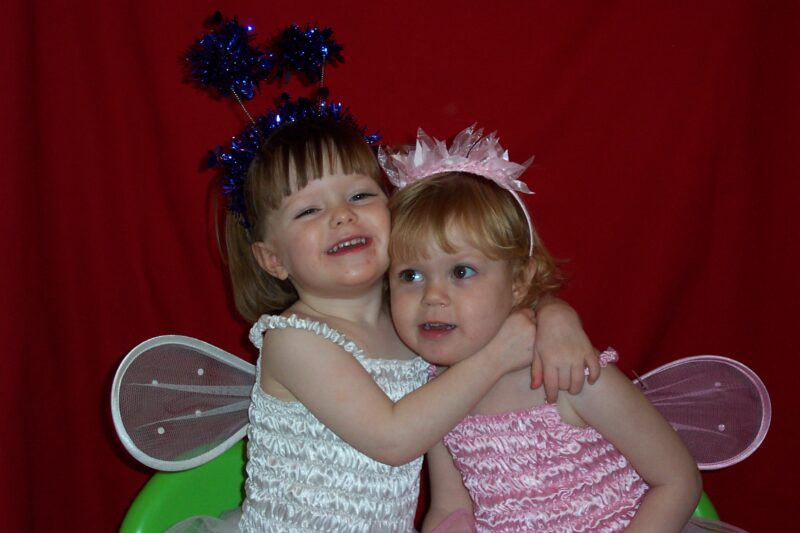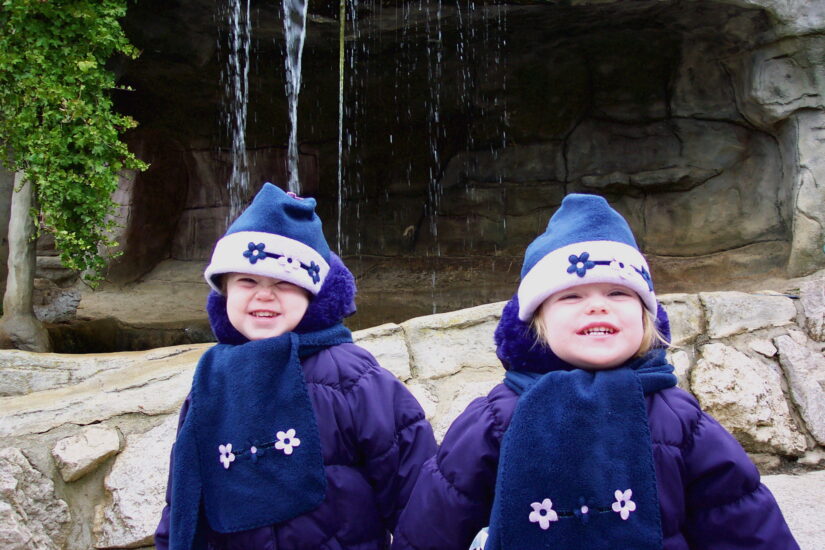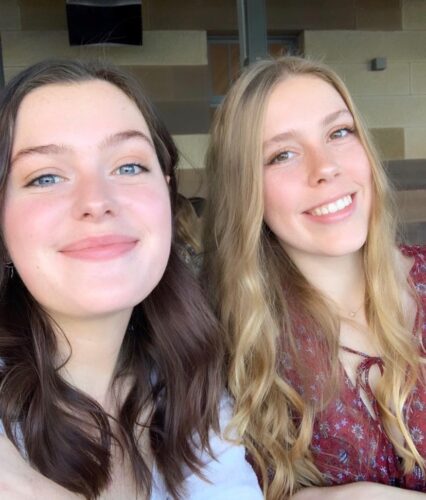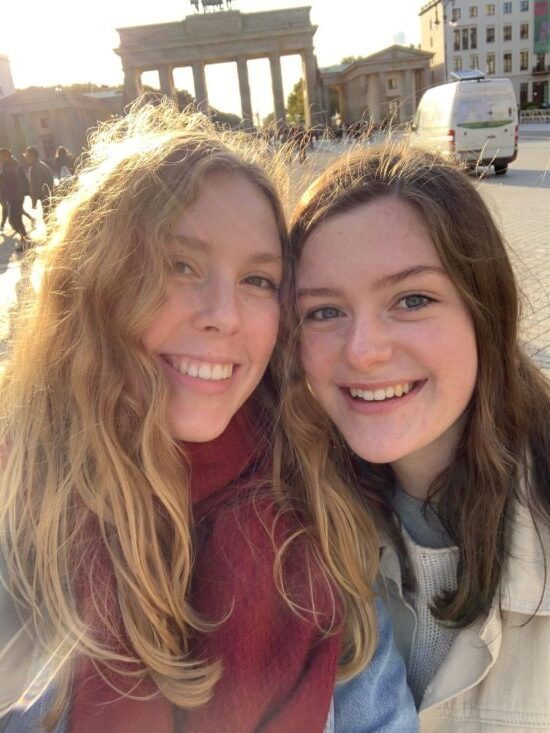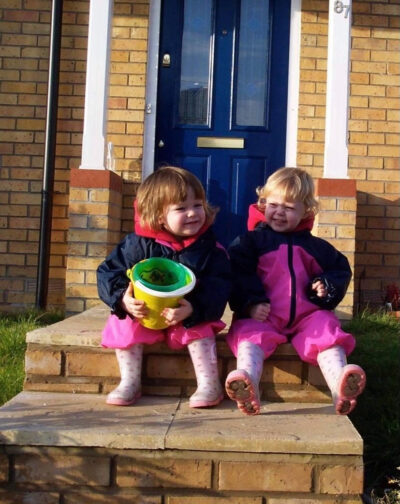Sydney family GP and TV Personality, Dr Ginni Mansberg, discusses the challenges of parenting teenagers and offers parents advice on how to guide modern adolescents, in her latest book, The New Teen Age, co-authored with Jo Lamble.
The exhaustion that comes with raising infants and toddlers is an age-old tale – but the emotional toll so often experienced by parents of teenagers can be even more challenging, especially now with potential perils around technology.
As kids transition into the world of teenager-dom, they’re exposed to a myriad of new risks like vaping, pornography and sexting – and as parents, it can be difficult to know when and how to step in.
High-profile Sydney family GP and TV personality, Dr Ginni Mansberg, stresses the importance of facing these issues head on and without judgement in her new book, co-authored with clinical psychologist Jo Lamble, The New Teen Age: How to support today’s tweens and teens to become healthy, happy adults .
A compilation of science-backed evidence, anecdotal advice and strategical conversation starters, the book hones-in on contemporary and previously overlooked issues like porn consumption, sexting, screen time, social media and sleep; all whilst promoting a judgement-free and practical space for parents seeking guidance.
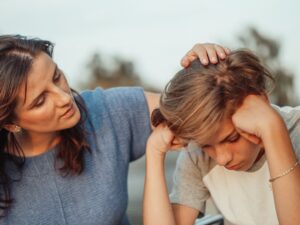
Ginni says that many parents were coming to her and Jo’s clinics, overwhelmed by the pressures associated with raising their developing children.
“There was a lot of tension, a lot of love, a lot of fear, a lot of blaming themselves in guilt and a lot of anger from the kids”, Ginni shares.
“It just seemed that quite a few things had changed since more dominant parenting books were around.”
Authors Ginni and Jo combine knowledge, not only from their own practice in raising tweens and adolescents, but their 40 years of medical and psychological experience, providing readers with an updated perspective on how to navigate that turbulent time between childhood and adulthood.
Ginni says the key motivation toward the creation of the book was the desire “to bring everyone up to speed and close the gap to bring parents and kids together.”
‘It’s what’s on the inside that counts’
Like many parents of teens, Ginni understands the tumultuous experience of trying to effectively parent through puberty, and the physical and psychological shifts that come with that. She highlights that the more obvious physical changes, such as body hair and breasts, are not the most significant change these teenagers experience, rather it is the increase in hormones and subsequent changes in the brain that are the most daunting.
She reveals that as early as seven years old, children are “hitting that percentage of body fat that’s required to make sex hormones.”
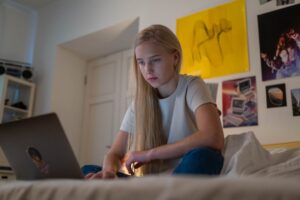
Ginni also discusses the valuable role of Oxytocin, the “love hormone”, which is released primarily in response to experiences of trust, social bonding and, most obviously, love.
“Teenagers have very sensitive oxytocin receptors,” she explains. She maintains that due to this, teenagers are in fact “primed to be quite intense in their feelings. They are so devoted to each other, the friends are so intense, their first love is so intense – even if it’s a person they’ve just met on Instagram.”
In this, Ginni urges parents to acknowledge the reasons behind their teenager’s mood swings and melodramatic tendencies. Rather than consistently clashing heads, it’s important to understand that it’s in a teens nature to be a bit ‘over the top’ sometimes.
Your teens are not getting enough sleep.
Another question Ginni and Jo probe parents to think about, is the amount of sleep your teens are getting. Evidence show us that teenagers need 9 to 9.5 hours of sleep per night to function at their highest capacity. Ginni explains that because teenagers continue to go to bed later – then get up early for school – a “conga line of horror” can ensue.

Did you know how many issues can arise from lack of sleep? When teens consistently stay up late (more often than not at the clutches of a smartphone) and rack up large amounts of sleep debt, they become susceptible to “increases in anxiety, depression, suicidal thoughts and attempts, massive amounts of risky behaviour – whether its drugs, sex, sending a dick pic, taking a nude picture or saying something bitchy – decreased academic performance, decreased sport performance, acne and weight gain,” Ginni warns.
The New Teen Age author explains that these potential consequences, albeit scary, can be used to the advantage of parents trying to get through to their teens.
“In some ways,” she says, “the conga line of horror [from lack of sleep] is your ‘line in’ with the kids.”
If staying up late on phones is the issue, explaining the effects that lack of sleep can have, will provide them with an incentive to get more sleep themselves, without having the proverbial fight about leaving their phone downstairs.
Sexting and Porn – How Do I Bring it Up?
A newer conversation in the parenting world – and a necessary one – is how to navigate sexting and pornography consumption in teens. Sexting and sending nude photos, in particular, are a more recent development in teenage behaviour, exacerbated by the increasing reliance on social media to communicate and flirt with potential romantic partners.
“It is incredibly common,” Ginni says. “A lot of these kids aren’t seeing each other in person and especially during the pandemic, they aren’t seeing each other at all, so their way of flirting can be sending a pic, and they are biologically programmed to be into risk taking.”
In response to the influx of risqué photos and sexts being sent between teens, Ginni advises parents to reject protective instincts to ban teens from doing this or confiscate their phones, and instead lead with compassion and understanding, having conversations that say, “if you’re going to sext, at least do it in a safe way.”

Teenage porn consumption follows the same pattern. It is inevitable that your teens will either stumble across, or actively seek out, pornography – but it is the conversations that we have surrounding it that will limit its harm.
“Surveys have shown that what they are looking at is a video that usually preferences male pleasure,” Ginni explains. She maintains that they probably “don’t really understand the difference between what healthy, consensual sex is, and what they’re seeing online.”
Ginni persists that the only way to fix this, and help teenagers understand the implications of the risky behaviour they are attracted to, is “to be having these conversations with our kids.”
However, it doesn’t have to be the uncomfortable, grimace-inducing conversation that parents often imagine. Ginni provides readers with resources to help facilitate difficult conversations, one being ‘It’s Time to Talk’, which exists to encourage conversations about what constitutes healthy and safe relationships – a particularly important topic for teenagers who are forming unrealistic perceptions of relationships that are perpetuated through pornography.
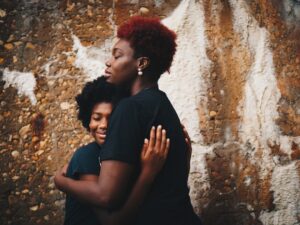
Ultimately, Dr Ginni’s philosophy doesn’t advise controlling or limiting the actions of teenagers, rather influencing their decisions and thoughts through conversation, and in doing so, creating a safe passage for communication between the parent and the child.
“They need to push boundaries and they need to make mistakes, because otherwise they are spectacularly ill-equipped to face what is coming to them,” she says.
“We, as parents, need to use a certain amount of judgement – by knowing our kids and also understanding that they’re going to have to make some mistakes – to slowly take the training wheels off the bike.”
Watch Offspring’s exclusive interview with Dr Ginni Mansberg below or on our YouTube channel.



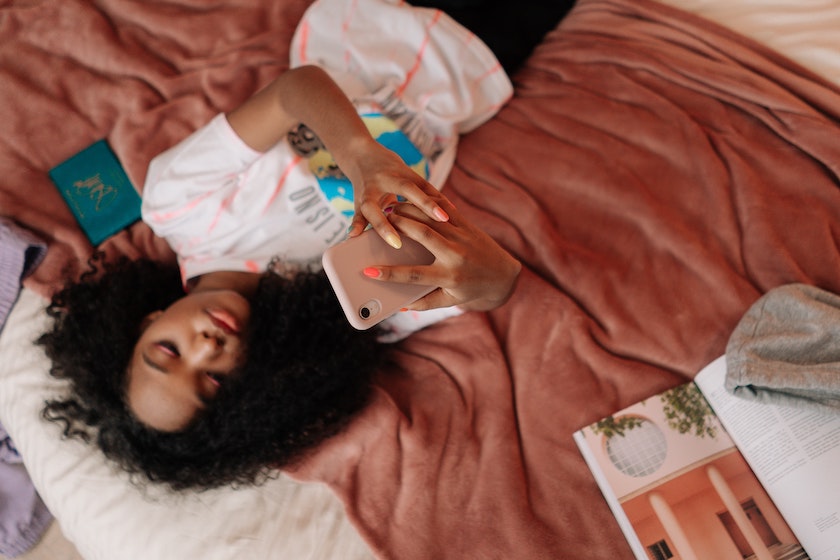
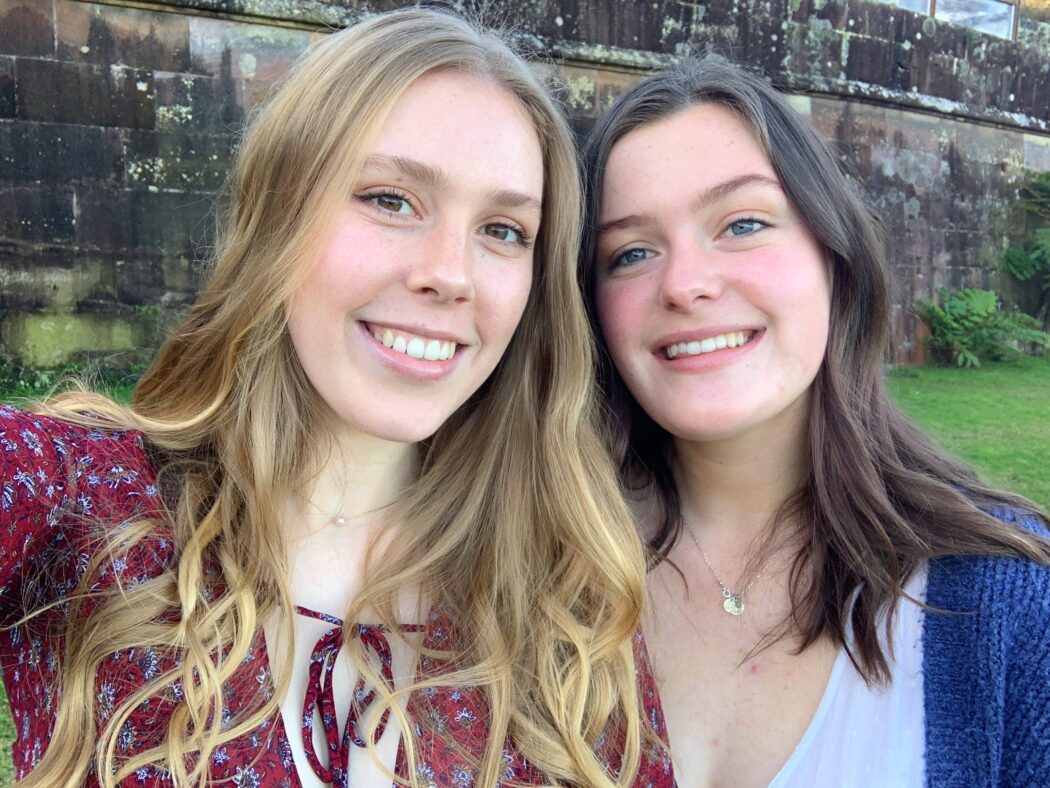
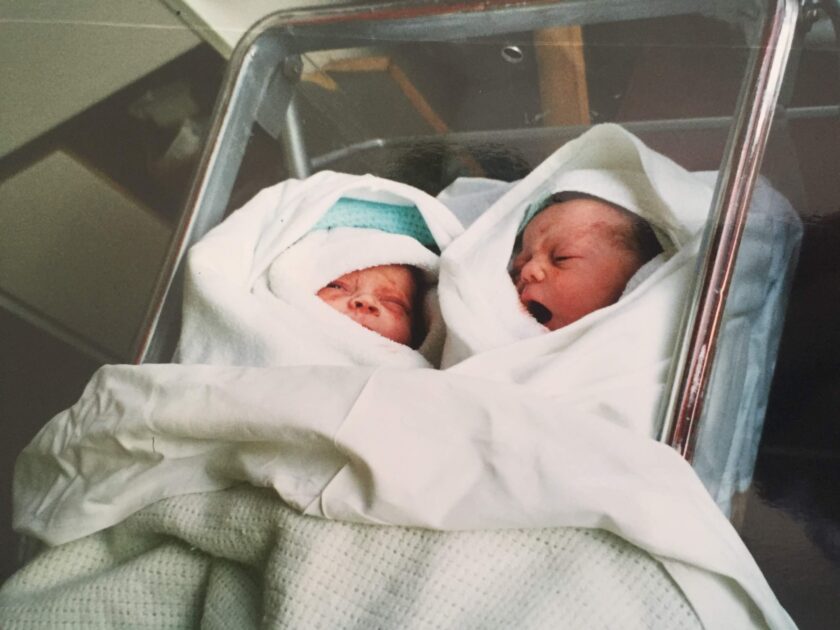 My
My 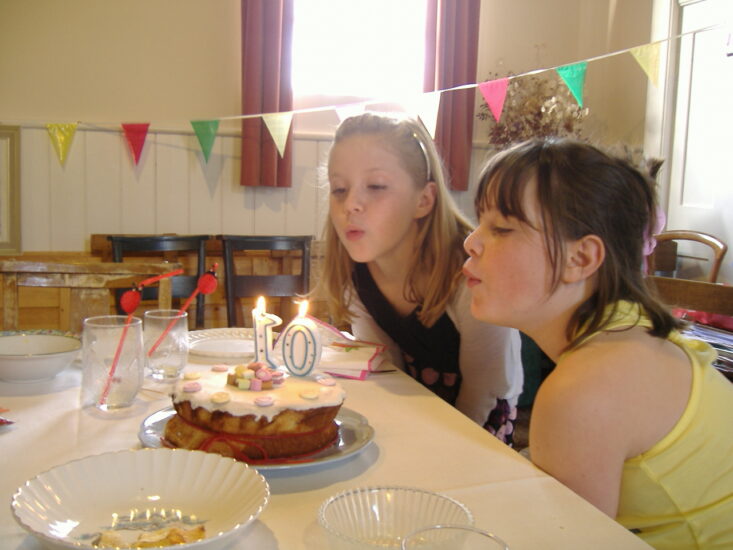 Our Mum encouraged our
Our Mum encouraged our 